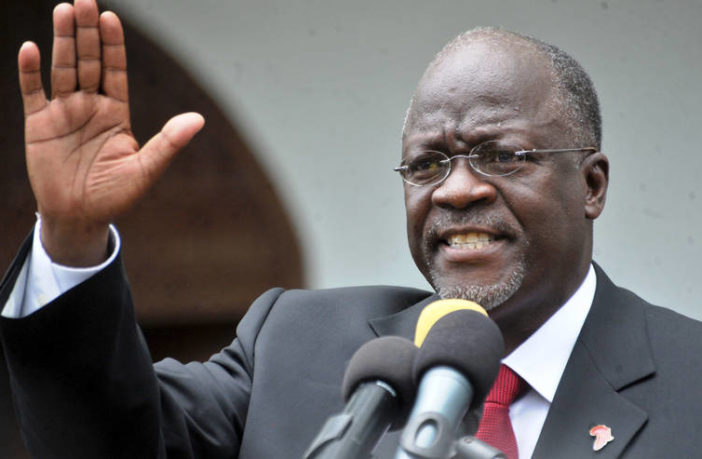Tanzania President, John Pombe Magufuli (Reuters)
Since President John Magufuli, fired his Minister of Energy and Minerals, Mr Sospeter Muhongo in May earlier this year, many renewable energy stakeholders are asking the question, what is going to happen to Tanzania’s renewable energy program?
The ‘mines minister’ as he was more commonly known was fired after an audit of containers of mineral sands showed exports had been understated. An investigation initiated by the President in March 2017 found that 277 containers held as much as 15.5 metric tons of gold, instead of the 1.1 tons that had been declared. The alleged looting, running into US billions, has since triggered a widespread investigation by authorities into all mining activities.
Mr Magufuli has made it his mission to stamp out corruption. Many commentators say his zero tolerance is excessive and argue that it could undermine growth in East Africa’s second-biggest economy. Up until now it can be argued that the renewables sector in Tanzania has essentially never got off the ground with no large scale projects to speak of. The appointment of a new minister of minerals and energy may just be the catalyst the market has been waiting for.
Over the past year the regulator, EWURA has engaged with stakeholders to formulate a draft Power Price Agreement document (PPA). This was in line with the local power utility TANESCO , going out to tender for their Small Scale Renewable Energy Program. In the program, TANESCO would identify the site and secure the land for IPP’s to tender on an identified solar project less than 10Megawatts. To date nothing has officially been announce and no set of tenders have been released regarding this program.
Earlier this year the Department of Energy and Minerals released their 2016 Updated Power Systems Master Plan which incidentally, was formulated under the leadership of the now fired Minerals and Energy Minister, Mr Sospeter Muhongo. The release of the master plan came as a shock to many Independent Power Producers wanting to invest in Tanzania. The five year plan only allocates 100Megawatts of power production to solar technology and 200 Megawatts to wind. This makes up only 5% of the planned total installed generation capacity of 5,011MW. It is also unknown if the allocated 100MW for solar power forms part of TANESCO’s small scale program. The balance of the generation mix is made up of Gas: 50%, Coal: 25% and Hydro: 20%. The long term generation plan also appears to be short sighted. The target is 22,595MW by 2040, consisting of 5,093MW hydro, 10,253MW gas-fired generation, 6,000MW Coal, 850MW renewable and 400MW import.















